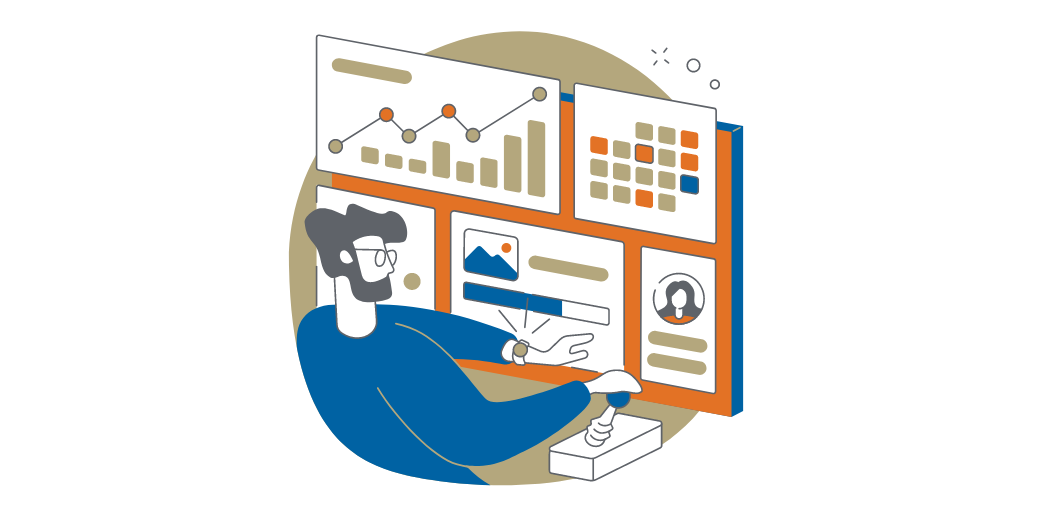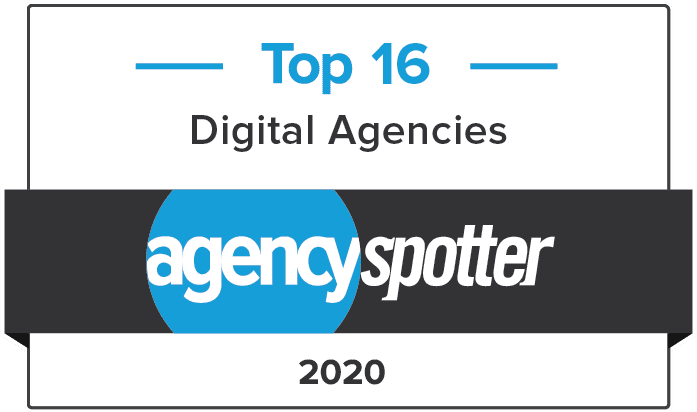
Should You Adapt Your Marketing Strategy for Inflation?
Inflation is the word on nearly everyone’s lips in 2022. Not even the country’s high-earners are insulated from worry, with a whopping 96% of those who earn more than $100,000 annually reporting they are concerned about inflation.
It’s fair to say that regardless of who your target audience is, inflation is likely influencing their frame of mind and purchasing decisions. If you’re wondering how to respond, the data team at SA looked into the trends that may help you adjust your marketing efforts for the current environment.
Here are our important takeaways.
How Consumer Spending Is Changing
Midway through the year, it’s clear household finances have become increasingly strained by persistent elevated inflation. For the last 12 months, the Consumer Price Index has maintained an upward trajectory, increasing nearly 9% year-over-year. At the same time, the share of U.S. adults who said they had money leftover after paying expenses has trended steadily downward.
How has this changed consumer behavior?
- Consumers are becoming increasingly cost-conscious. Every day, consumers are reminded of the effects of inflation on their purchasing power, and this creates a tug-of-war between spending on wants and needs. In TransUnion’s Consumer Pulse study, more than 60% of consumers said inflation would change their purchasing behavior, and they planned to spend less on discretionary items.
- Bargain-hunting and longer purchase decisions are more common. Consumer are thinking harder about how they spend their dollars. 60% report buying cheaper products or seeking out discounts and coupons. Far fewer are quick to spend, with two out of three consumers say they are buying fewer impulse items.
- Brand loyalty is waning. Only 25% of consumers say they’re expanding their budgets to buy their favorite brands. Instead, the vast majority are buying what fits their budget, even when that means sacrificing preferred products and services
- Millennials are changing their consumer behaviors the most. Across the Baby Boomer, Gen X, Millennial, and Gen Z populations, Millennials seem to be the most impacted – with Gen Z not far behind. Neither age group has previously experienced such high inflation and they are adjusting their spending habits the most.
The Implications for Marketing
If your industry is experiencing a decrease in consumer spending, should you pull back your marketing efforts? This, of course, is always an option – but is it the right one? Consider this:
- The inflationary environment is temporary. If reducing your marketing investment in response to a short-term issue allows the competition to gain traction, will that negatively impact the long-term picture?
- Some of the world’s biggest brands are maintaining – and even boosting – their investment in marketing. Coca-Cola’s chief marketing officer said though the current economic backdrop is challenging in the short term, the company is thinking three to five years ahead. Amid rising prices, Coca-Cola increased its investment in consumer-facing marketing in the second quarter of the year.
- In the economic downtown that followed the 2008 financial crisis, brands that increased marketing spend by just 8% increased market share four times more during the recovery phase.
At the heart of every good marketing plan is an understanding of your customer’s pain points and desires. Staying the course with your marketing investment doesn’t mean the roadmap doesn’t change. Amid the widespread ripple effects of inflation, it may be time to re-evaluate if your marketing strategy is still in sync with current customer sentiment.
A Three-Step Marketing Action Plan
In the dynamic world of marketing, being agile and flexible are the superpowers that help navigate even the toughest terrain. As you consider the best ways for your organization to adapt to the current climate, we’ve created a three-step plan of action.
- Review your targeting and segmentation. First, are you applying segmentation [n1] in your marketing strategy? If not, you may be missing an opportunity to become highly efficient with every dollar spent. With help from data analytics, you might choose to focus in on the products, services, or audience segments that have the greatest propensity to convert in the current environment.
- Reconsider your message. As consumers increasingly look for cost-savings, they’ll need reasons to keep your brand on their priority list. Find ways to add, and communicate value. Consider highlighting more affordable products and services, educating about financing options, or offering savings through short-term promotions. Lean into differentiation to remind customers what sets your brand apart from alternatives.
- Align – or realign – with your business goals. Revisit your near-term, three-year, and five-year business objectives, and plan for different scenarios. How will marketing adjust under different circumstances, for example, during a recession? In that case, what optimization strategies will you use and how will you fill your sales funnel[n2] ? Establish thresholds for cost per lead and return on marketing investment to be agile and efficiently manage marketing spend.
No one knows how long inflation – and its related fears – will shape consumer decisions, but an agile and strategic marketing approach will be an important ally. With customer data and insights as a trusty guide, there are many opportunities to maintain, and even enhance brand strength, by remaining aligned with customers as their needs and priorities change. Emily Bussiere is the Director of Data, Research & Insights on Strategic America’s Data, Research & Insights team, extracting insights to create data-driven strategies that grow businesses. Learn more about our services.



